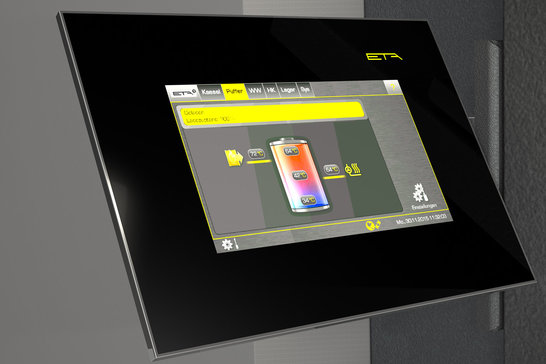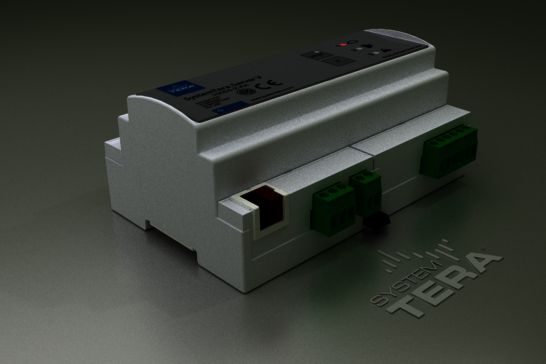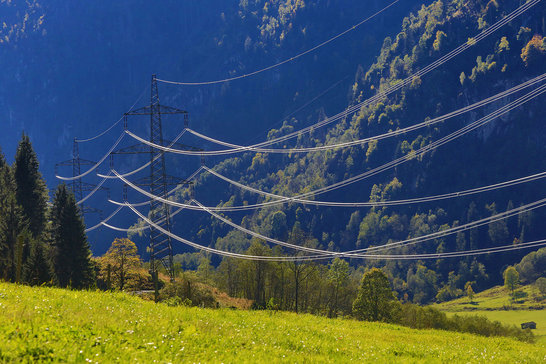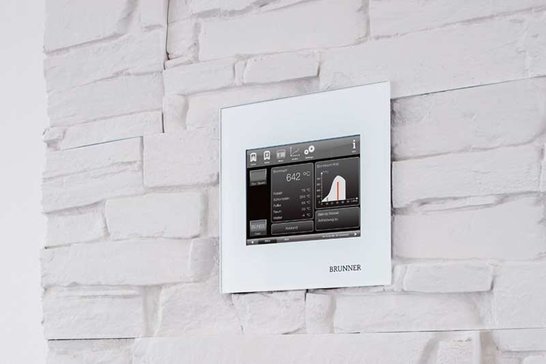Special
Future market energy technology
Embedded systems in the power engineering market have to be real "jack-of-all-trades": powerful, reliable and at the same time easy and intuitive to operate. But how do you meet the manifold challenges in development?
![[Translate to Englisch:] [Translate to Englisch:]](/fileadmin/_processed_/1/e/csm_gluehbirne_energie_cb45845b25.jpg)
Challenge Energy Transition & Climate Protection
Protecting our climate and the energy transition are probably the greatest challenges of our time. Raw materials are becoming scarcer, but the demand for energy continues to grow unabated. It is therefore essential to rely on renewable energies and to increase efficiency.
Many companies offer innovative solutions and products on the market to meet the continuously increasing energy consumption in a sustainable and environmentally friendly way. Powerful and reliable embedded systems are needed as a robust foundation for this.
These systems must be as capable of simple, intuitive operation as they are of controlling and regulating large energy flows. In addition, energy systems are networked with each other and are expected to continuously monitor and optimize the generation, processing and distribution of energy.
A broad field of application for artificial intelligence. How do you meet the manifold challenges in the development of energy technology devices?
Energy Technology Know-How
Power Electronics
Power electronics is one of the central components in energy generation, processing but also in the efficient use in devices. Advanced electronic components are used to control motors and actuators. Distributed, renewable energy sources such as photovoltaics or small power plants require advanced feed-in devices and converters to feed energy into the public grid.
When using modern battery technology, sophisticated battery management systems are used to ensure that the energy storage devices have a long service life and are operated gently. When processing large amounts of energy, safety must never be neglected. These are all challenging topics that require experienced developers.
Distributed Systems & Networking
Energy generation used to be strongly centralized through the use of large power plants. This structure is currently changing radically. Energy sources such as wind, sun or water have smaller dimensions, are geographically distributed and in part directly at the consumer. The coordination between generation and consumption must be very close. The energy producers and consumers, as well as the grid infrastructure, need modern network connections to exchange data in a timely manner and to be able to control systems remotely.
Energy technology without networking no longer exists. This must be taken into account with all security aspects, in the sense of security, from the very beginning in the embedded system. Access security, encryption and authentication must be ensured in the long term and adapted on an ongoing basis. All this places high additional demands on embedded developers.
Intuitive operation
Whether it's an inverter for in-house photovoltaics or a control system for the boiler - first impressions count, and smartphones undoubtedly set the design trends. Device manufacturers differentiate themselves through their external appearance and user experience. This increases acceptance and reduces the learning effort and error-proneness of the operator. Multilingualism and appealing graphics ensure market success. Web interfaces allow convenient access to a device via the network using a web browser.
In this way, device manufacturers can offer service personnel or end customers access to device functions. In addition to the actual logical development of the operating functions, graphic design and analysis, creation and optimization of the user experience are also required. This is the only way to create frustration-free, easy-to-learn and intuitive products.
optimization
Generation, distribution and consumption of energy must be continuously optimized to minimize losses. The energy flow must be continuously adapted to external conditions such as weather, availability and consumer behavior. Surplus energy should be directed to the right consumer at the right time or stored for later use.
Fluctuations between supply and demand are to be balanced as economically as possible. The complexity of distributed energy systems can no longer be controlled and managed by central administration. Instead, clever control systems and artificial intelligence directly in the devices ensure greater efficiency and cost-effectiveness. Today's energy technology thinks for itself. This calls for specialists in machine learning and AI.
Ruggedness
For the customized embedded platform of a device in power engineering, many adaptations and optimizations are necessary, both technically and economically. Legislators are also constantly prescribing new standards and regulations. In order to create a robust hardware and software platform for series production, the costs for integration, ongoing maintenance and expansions must be considered from the very beginning and over the entire product life cycle. Despite rapidly changing requirements, power engineering demands a long service life for its devices.
Even at the device design stage, care must be taken to ensure that long-life components are used, preferably from multiple sources. In the event of a discontinuation, a quick response is required to ensure the integrity of the hardware and software platform. The embedded software must be designed to be extremely stable, fault-tolerant and robust. Updates, e.g. in case of new threat scenarios, must be able to be applied quickly and securely. In any case, beyond development, a long-term stable partnership with the development partner is essential.
Best Practices
If you divide up the multi-layered topics of developing energy technology devices among different service providers, you will realize over time that you have created additional complexity. Coordination and coordination is a major challenge, especially in the event of a fault. That is why it is important to find a partner who supports a smooth, holistic implementation.
Ginzinger electronic systems is a full-range supplier for the development of customized, integrated embedded systems. Proven components for modern operation, networking, Linux hard- and software, power electronics and microcontrollers are the basis for new devices. The customer receives a proven and reliable solution from a single source and is accompanied throughout the entire product life cycle: From the initial idea, through implementation, industrialization including test equipment, to series production and after-sales service.
Many years of know-how and proven solutions in the field of energy technology help customers to master challenges quickly and to concentrate on their core competencies.
ETA Heiztechnik
Heating Boiler with Touch
For the company ETA Heiztechnik several generations of embedded systems with touch displays for the operation of boilers based on GELin (Ginzinger Embedded Linux) were realized. Furthermore, Ginzinger develops additional components for the controllers and supports the developers of ETA in their designs.

System Tera
Smart Home Server
The central device of every smart home is the SystemTera.Server V. The control center performs all the tasks set, monitors in the background and executes commands.
Energie AG uses one of these customized solutions to manage the remote control of currently 230 heating power plants. Adhering to the highest quality standards, Ginzinger electronic systems is responsible for the production of the SystemTera.Server, which forms the heart of every SystemTera installation.

Association E-Economy Austria
Smart meter adapter for network operators
Ginzinger electronic systems takes over the development and production of the smart meter interface for E-Wirtschaft Österreich, the association of Austrian network operators. Currently, smart meter models from seven different manufacturers are in use. The new interface will create a uniform standard throughout Austria. This will enable all network customers to use their data directly on site - regardless of the network provider and the existing smart meter model.

Ulrich Brunner GmbH
Operation and control for tiled stoves
Ulrich Brunner GmbH has been manufacturing fireplaces and tiled stoves since 1946. Due to many years of experience in the field of heating with wood, Brunner has become the premium brand in the industry. Tiled stoves and fireplaces are to be equipped with electronic controls to prevent incorrect heating or bad heating material. The choice fell on Ginzinger electronic systems.

